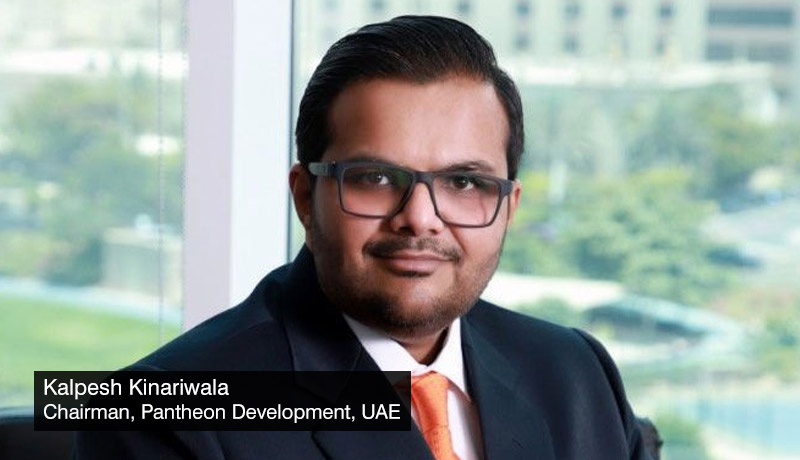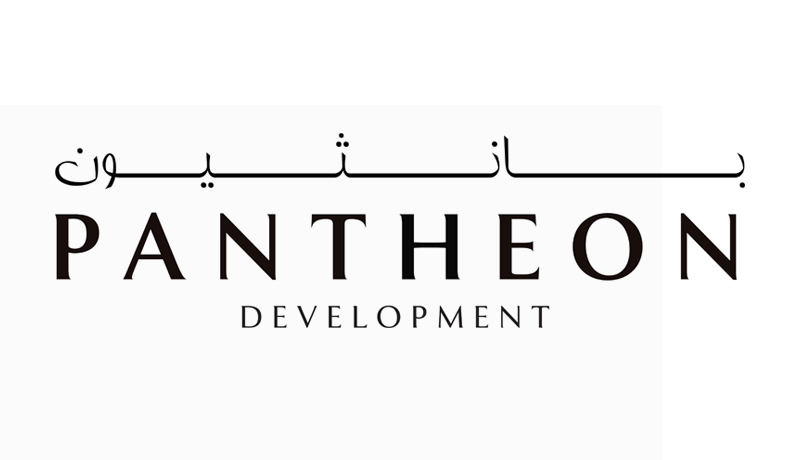
Pantheon is in talks to develop 3D building in the UAE considering the growing demand for 3D housing units, fueled by the benefits provided by the technology. According to recent research, the global 3D printing in the construction industry was valued at $7 billion last year, with a projected compound annual growth rate (CAGR) of 91.5 percent through 2028.

The expanding use of 3D technology in the design and execution of a wide range of construction projects can be ascribed to the accuracy and quality it gives, as well as the cost savings it brings. Furthermore, 3D printing has the potential to help solve housing shortages, provide aid to individuals afflicted by natural disasters, and even alleviate the construction labour deficit in some developing countries.
Kalpesh Kinariwala, Chairman, Pantheon Development believes the UAE, Dubai in particular, is well-positioned to be a leader in the global construction market using 3D technology. “The emirate has actively promoted 3D printing in construction, with a target seeking to have 25% of its buildings be constructed using the technology by 2030, as part of its aspirations to be a regional and international hub for 3D printing technology,” he said.
He added: “We are in talks with three companies from the US and Europe to get their proposals for a G+10 story building. We have to make sure that the project is scalable, as without that factor, building a one stand-alone building will make it costly and commercially unviable.”
Dubai hopes to improve efficiencies in construction projects, increase the competitiveness of the local industry, reduce waste, and attract leading companies in the sector to the emirate with new legislation in place, such as requiring those who want to engage in 3D printing to first register with the municipality. This is part of a larger plan to spur economic growth and promote the adoption of ad hoc technologies.